Health and Wellness Awareness
The Flower And Ornamental Plants Market is experiencing a notable impact from the growing awareness of health and wellness among consumers. Research indicates that plants can improve air quality and reduce stress, leading to an increased interest in incorporating greenery into daily life. This awareness has translated into a rise in demand for both indoor and outdoor plants, with market data showing a growth rate of approximately 18% in the health-oriented plant segment. As consumers prioritize mental and physical well-being, the Flower And Ornamental Plants Market is likely to see sustained growth, as businesses adapt their offerings to include plants known for their health benefits. This trend underscores the intersection of horticulture and wellness, shaping the future of the market.
Aesthetic and Decorative Trends
The Flower And Ornamental Plants Market is significantly influenced by evolving aesthetic and decorative trends. As interior design styles shift towards biophilic design, which emphasizes the connection between nature and indoor spaces, the demand for ornamental plants has surged. Market analysis suggests that the decorative plant segment has expanded by nearly 30% in recent years, as consumers seek to enhance their living spaces with greenery. This trend is not limited to residential spaces; commercial establishments are also increasingly incorporating plants into their designs to create inviting environments. The Flower And Ornamental Plants Market is thus responding to these aesthetic demands by offering a diverse range of ornamental plants that cater to various design preferences.
Rising Demand for Indoor Plants
The Flower And Ornamental Plants Market experiences a notable surge in demand for indoor plants, driven by urbanization and changing lifestyles. As more individuals reside in urban settings, the desire for greenery within homes has intensified. This trend is reflected in market data, indicating that the indoor plant segment has grown by approximately 20% over the past few years. Consumers increasingly seek plants that enhance air quality and contribute to mental well-being, further propelling this market segment. The Flower And Ornamental Plants Market is thus adapting to meet this demand, with retailers expanding their offerings to include a diverse range of indoor plants. This shift not only caters to aesthetic preferences but also aligns with a broader movement towards healthier living environments.
E-commerce Growth in Plant Sales
The Flower And Ornamental Plants Market is witnessing a significant transformation due to the rise of e-commerce platforms. Online sales of flowers and ornamental plants have surged, with estimates suggesting a growth rate of around 25% annually. This shift allows consumers to access a wider variety of plants and flowers from the comfort of their homes, breaking geographical barriers. Retailers are increasingly investing in online marketing strategies and logistics to enhance customer experience. The convenience of online shopping, coupled with the ability to compare prices and varieties, has made e-commerce a vital channel for the Flower And Ornamental Plants Market. As more consumers embrace digital shopping, this trend is likely to continue shaping the market landscape.
Increased Interest in Sustainable Practices
Sustainability has emerged as a pivotal driver within the Flower And Ornamental Plants Market. Consumers are increasingly inclined towards purchasing plants that are grown using eco-friendly practices. This shift is evidenced by a growing number of nurseries and growers adopting sustainable cultivation methods, such as organic farming and water conservation techniques. Market data indicates that sales of sustainably sourced plants have increased by approximately 15% in recent years. This trend not only reflects consumer preferences but also aligns with broader environmental concerns. As awareness of climate change and biodiversity loss rises, the Flower And Ornamental Plants Market is likely to see further growth in demand for sustainable products, prompting businesses to innovate and adapt their practices accordingly.



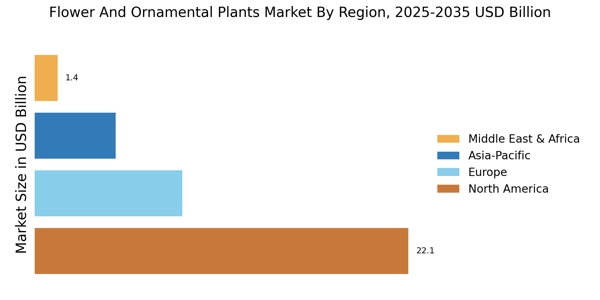

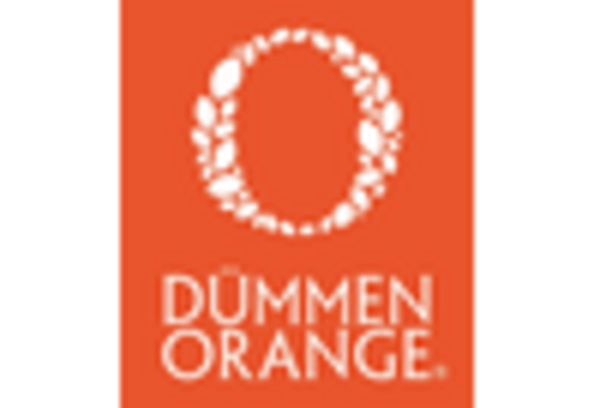
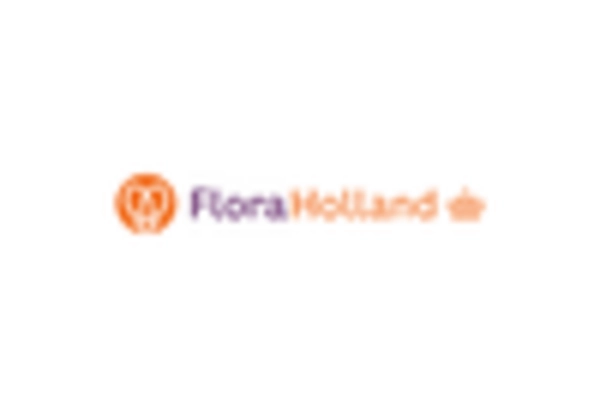
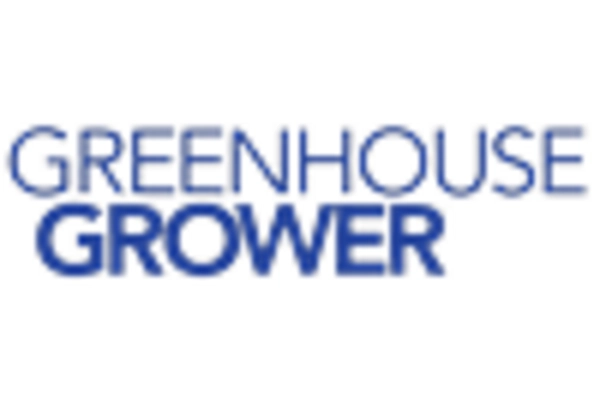
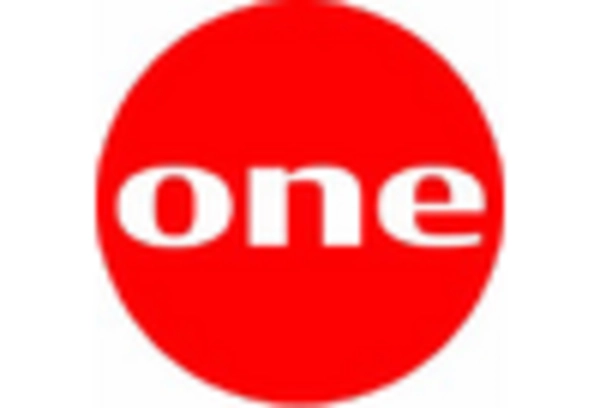
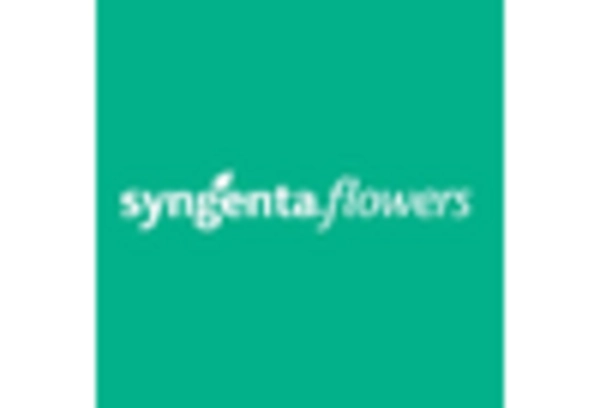








Leave a Comment